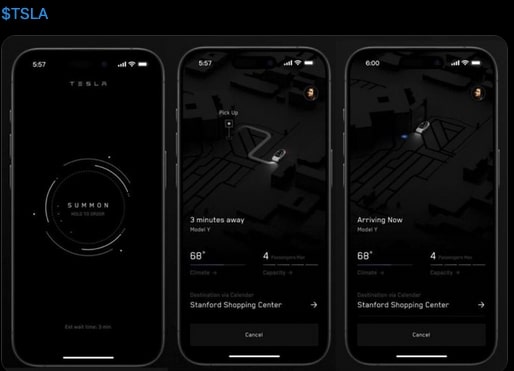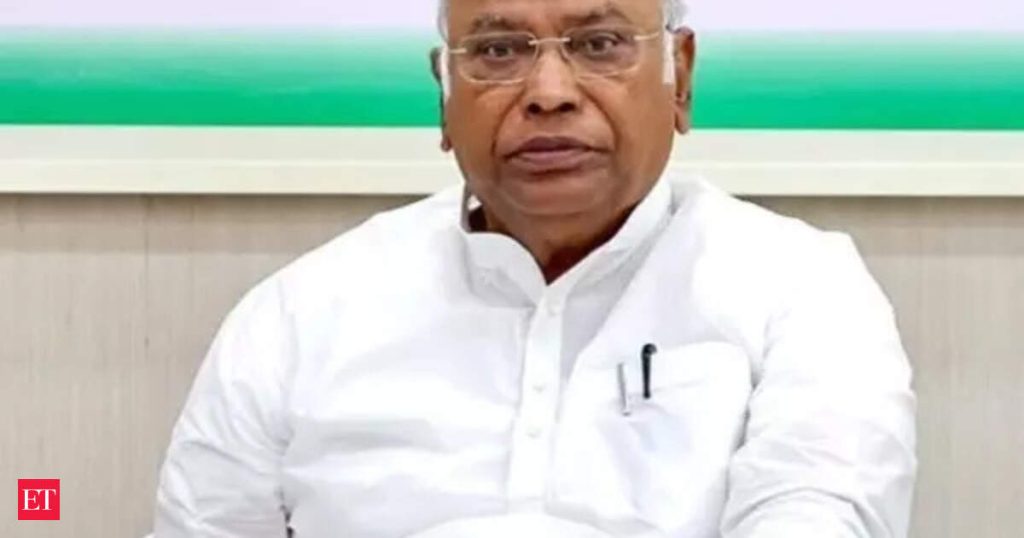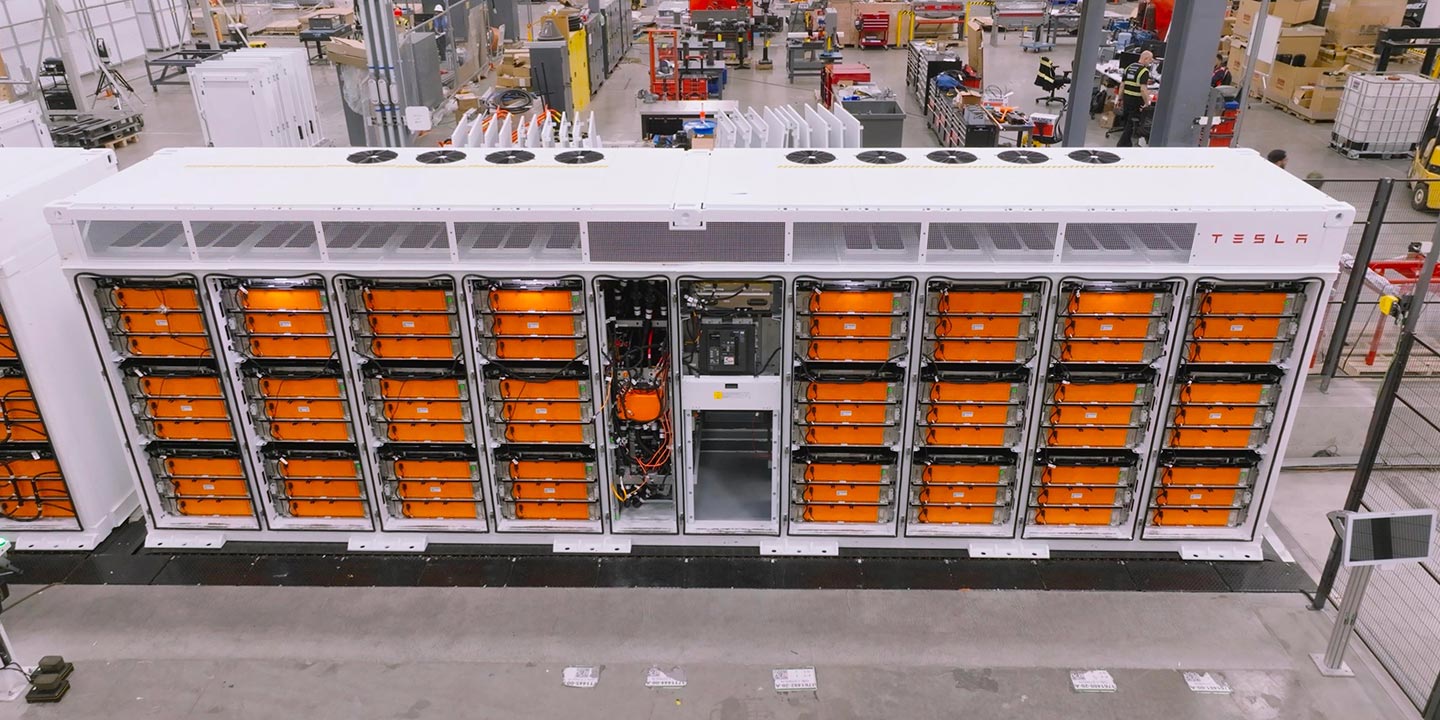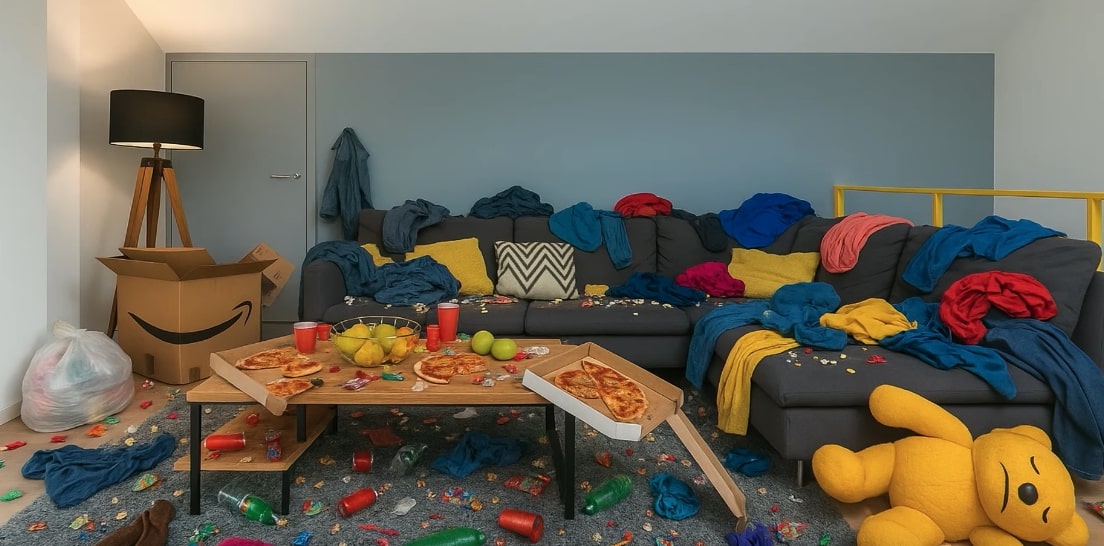Now Reading: Prediction that Tesla Launches Supervised and Unsupervised Ridesharing in June in Austin
-
01
Prediction that Tesla Launches Supervised and Unsupervised Ridesharing in June in Austin
Prediction that Tesla Launches Supervised and Unsupervised Ridesharing in June in Austin

Tesla just added full Robotaxi functionality in the latest app update—quietly prepping for launch next month. There is the need for Tesla to launch Supervised and unsupervised ridesharing in June in Austin.
The launch of supervised and unsupervised is not really a choice. Tesla plans to start day one with 10-20 unsupervised vehicles. The issue for ridesharing is to get proper coverage of a city with reasonable wait times there needs to be more cars. Tesla can start with a tiny area but after the first few days the novelty will wear off and they will need to have proper wait times and areas. Tesla needs to transition over the next 6-12 months to millions of cars, which will be the company owned fleet and customer owned cars. This transition is part of the plan.
There is the need to get the customer owned cars organized and prepared. The customers who want to participate will need to get access to car cleaning services or perform those tasks on their own.
Having the supervised ridesharing will get the owners ramped up and prepared.
It would make sense to launch city by city with supervised and unsupervised. Tesla already has been using about 300 cars in Austin and in the SF Bay Area to provide employee rides. The employee rides are supervised.
Those employee supervised rides and 300 vehicles would be the core of a Tesla owned supervised service. They would just transition from employee-only rides to public rides.
More and more of the vehicles would transition from supervised to unsupervised. The supervised service would transition to customer owned cars who sign onto the app.
The first customers to sign up are Tesla owners who are already providing ridesharing services to Uber and Lyft.
The Tesla Model 3 and Model Y have become a popular choice among for-hire drivers. Uber incentivized their rideshare drivers to choose an EV, by offering discounts on rentals and the opportunity to earn extra money through green rides.
Waymo partnering with Uber shows the need for robotaxi services that are too small to have a supervised ride option.
How Many Vehicles Need for 1 Million Austin Population?
Number of cars = (1) number of people that want to take a trip in a certain time period) / (2) people per car. (3) Then adjusting for some wait time factor.
Of we assume 20% would want to use the Tesla rideshare service that would be 200,000 people.
20,000 trips per day might be the actual daily usage. 20% might be monthly.
If we wanted a 30 minute wait time, we’d need 1,500 (trips per hour) x 3 = 4,500 cars available every 30 minutes.
The average Uber wait time in one city and study was roughly 15 minutes. The standard deviation was 7 minutes. This meant 65% of rides fell between an 8 and 22-minute window. And 2.5% of rides have a wait time of 30 minutes or more.

Here is an older study of ridesharing in Austin, Texas.
The main point is that rolling out a ridesharing service with limited numbers of unsupervised vehicles will scale a lot better and with better customer satisfaction with a mix of supervised and unsupervised. Austin really needs 2000-4000 vehicles providing ridesharing to get acceptable wait times. The ecosystem will have to grow and even if the end state is millions of unsupervised cars, there is a smoother growth path using the mix of many supervised cars first and converting to unsupervised.
Ridesharing app
The Tesla ride service app and service is internally called Project Alicorn.
The ride service features include:
•Confirm Pickup
•Enter Destination
•Fasten Seatbelt
•Pull Over
•Emergency Help
Spotted: A camo’d Tesla prototype driving in LA? Lower and shorter than a Model Y. Could this be the $25K hatchback? 👀
Meanwhile, $TSLA latest app update reveals Project Alicorn—new robotaxi code includes Confirm Pickup, Enter Destination & Pull Over. Smart Summon might no… pic.twitter.com/HLqy4P8iWo
— Herbert Ong (@herbertong) May 8, 2025


A decompilation of the Tesla mobile app by Tesla App Updates on X last night. Evidently, Tesla is preparing for the June launch of the Robotaxi by inputting some new features into the smartphone app, something that we reported on recently.
Tesla will not launch a Robotaxi app that operates separately from the standard app. Everything will be ingrained into the main Tesla app that you use to access your car.

Brian Wang is a Futurist Thought Leader and a popular Science blogger with 1 million readers per month. His blog Nextbigfuture.com is ranked #1 Science News Blog. It covers many disruptive technology and trends including Space, Robotics, Artificial Intelligence, Medicine, Anti-aging Biotechnology, and Nanotechnology.
Known for identifying cutting edge technologies, he is currently a Co-Founder of a startup and fundraiser for high potential early-stage companies. He is the Head of Research for Allocations for deep technology investments and an Angel Investor at Space Angels.
A frequent speaker at corporations, he has been a TEDx speaker, a Singularity University speaker and guest at numerous interviews for radio and podcasts. He is open to public speaking and advising engagements.























